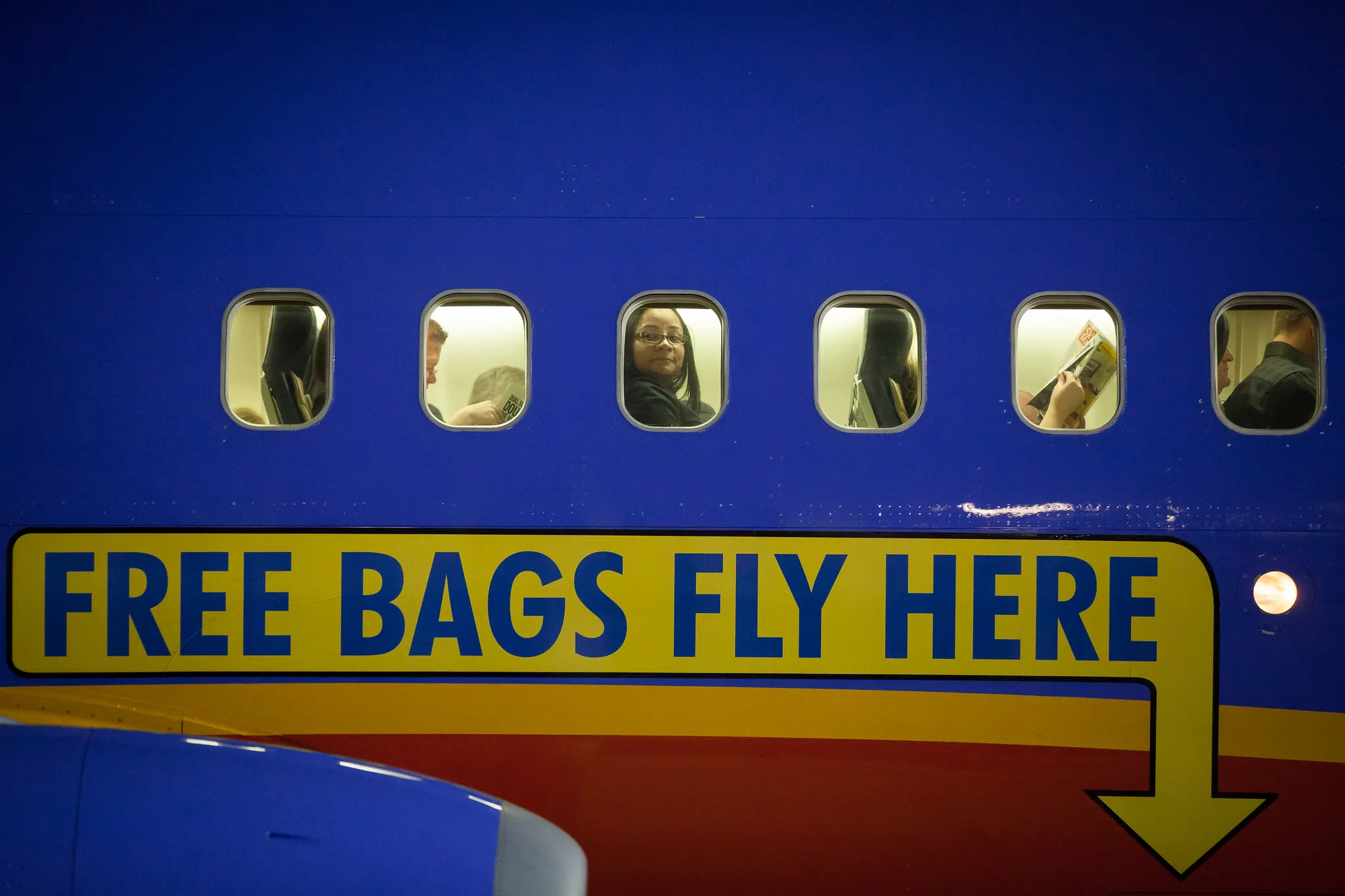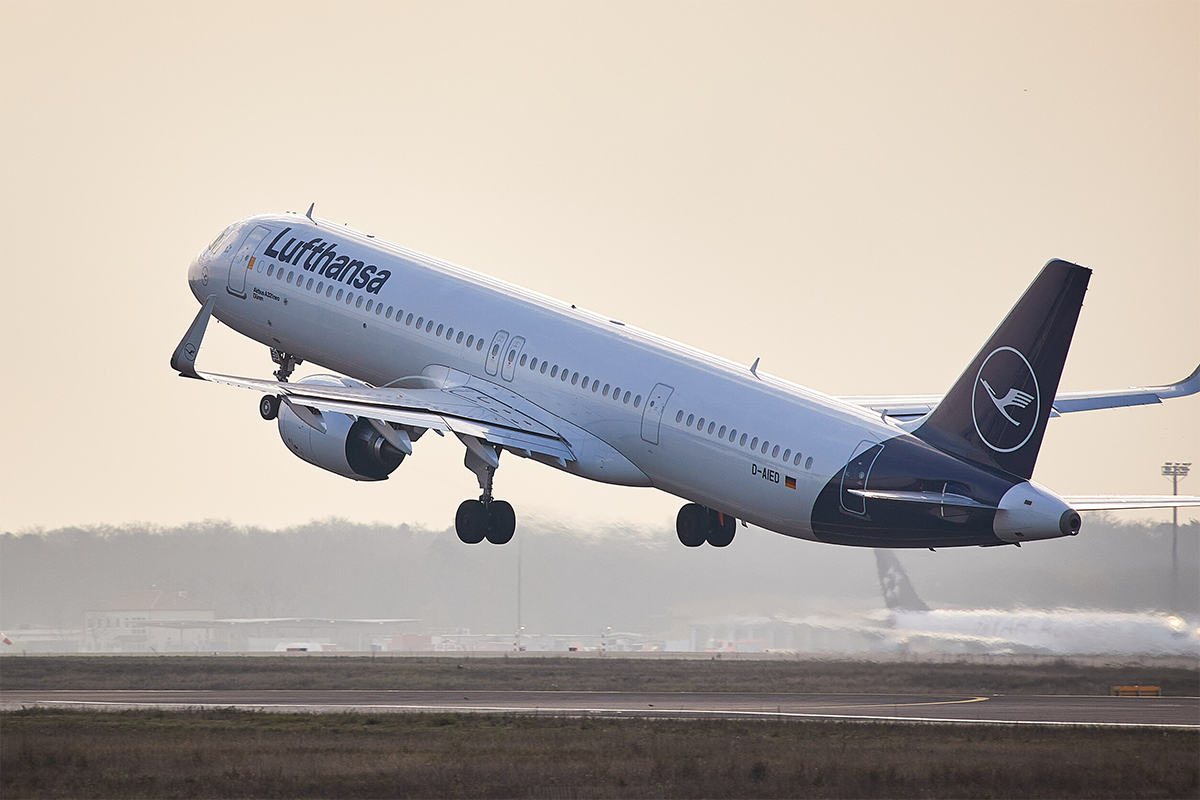Domino’s Sales Plagued by Aggressive Third-Party Delivery Advertising
Skift Take
Consumers’ growing appetite for third-party delivery services is finally affecting Domino’s Pizza where it hurts — its pocketbook.
Strategic marketing on the part of Grubhub, DoorDash, and Uber Eats in the first quarter had a negative impact on the pizza chain’s U.S. same-store sales growth, which plummeted by more than 50 percent, according to Chief Financial Officer Jeffrey Lawrence.
Uber Eats and DoorDash each rolled out their first national TV campaigns in the U.S. in the first quarter. Meanwhile, Grubhub leveraged its exclusive partnership with Yum Brands to advertise free delivery of Taco Bell to customers.
“We saw a big increase in advertising spend and push around free and discounted deliveries,” Domino’s CEO Richard Allison told analysts. “So we’re not surprised to see that it was driving some trial in some of the major urban and suburban markets, which I think led to slightly greater impact on our same-store sales growth than perhaps it did in previous years.”
Since the introduction of third-party delivery services in the U.S. back in 2011, restaurant sales growth has not been incremental. Instead, market share is shifting across more stakeholders, as operator margins steadily diminish, Allison added. While Domino’s has historically shunned third-party delivery, both Pizza Hut and Papa John’s, the chain’s top rivals, work with at least one third-party aggregator to date.
“I don’t see any need for us to go onto these third-party platforms,” said Allison. “We have an incredibly strong digital channel in our business. We’ve got a loyalty program with 20 million-plus active members, so it’s just not clear to me why I would want to give up our franchisees margin or give up the data in our business to some third party who will ultimately use it against us.”
Fortressing Update
In addition to third-party delivery pressure, Domino’s real estate strategy played a role in the company’s same-store sales growth dropping to 3.9 percent in the quarter. Domino’s, however, declined to quantify the damage each component had on sales results.
The chain announced 27 new net store openings in the U.S. in the first quarter as part of its fortressing strategy, adding to the 1,148 new units opened over the past 12 months. The goal of this initiative, which began almost a decade ago, is to cut down on delivery times for drivers to improve service and boost the chain’s carryout business by limiting the distance customers have to walk.
“Our research tells us about customers that they really aren’t willing to drive or walk or ride their bicycle very far to pick up a pizza,” said Allison. “So when we open these new units, the vast majority of that carryout business that we get is incremental."
Domino’s revenue in the quarter increased 6.4 percent to $836 million, while net income also improved 11 percent to $93 million.




